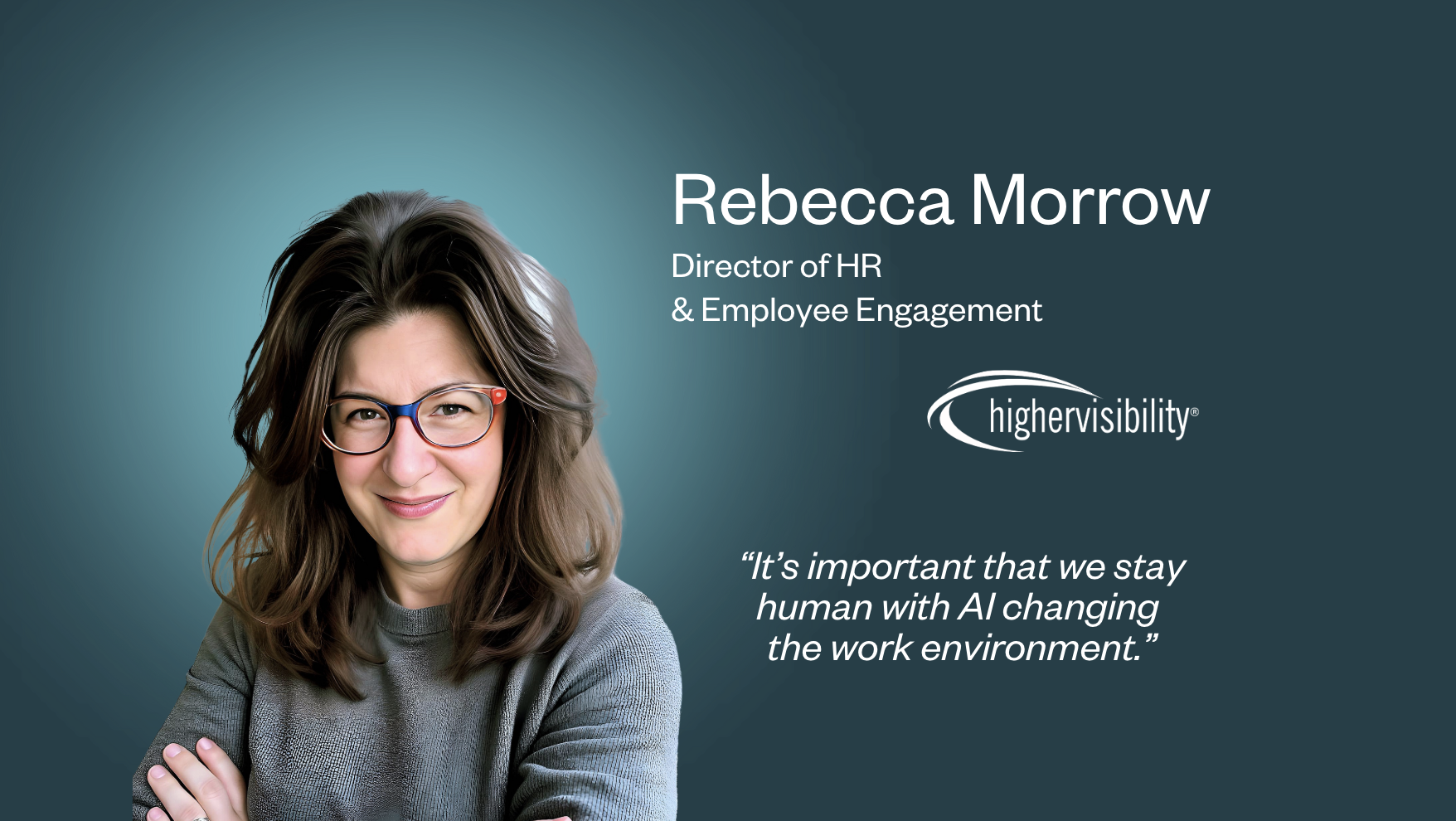Navigating change in the workplace is a critical skill that must be mastered to ensure personal growth and organizational success.
Whether you’re dealing with new technology, merging, shifts in market dynamics, or doing a career change, these strategies can help you effectively manage and thrive through change.
1. Embrace a growth mindset
Adopting a growth mindset is crucial when facing change. Viewing challenges as opportunities for development rather than obstacles helps you embrace the unknown as a chance to learn new skills and expand your professional capabilities. According to research by Carol Dweck, individuals with a growth mindset are more likely to embrace challenges, leading to increased resilience and a higher likelihood of achieving success (Dweck, Mindset: The New Psychology of Success, 2006).
2. Focus on what you can control
Change often brings uncertainty, but focusing on what you can control helps maintain a sense of stability. Identify the aspects of the change that are within your influence and take proactive steps to manage them. This approach can help reduce anxiety and improve your adaptability.
3. Build a support network
Having a strong support network is vital during times of change. Colleagues, mentors, and coaches can provide valuable guidance and emotional support. Engaging with others who are also navigating change can offer new perspectives and solutions.
4. Enhance your communication skills
Effective communication is crucial for navigating change in the workplace. Clearly expressing your concerns, asking questions, and actively listening to others fosters a collaborative environment. Transparent communication builds trust and helps address any uncertainties that arise during transitions.
5. Stay informed and proactive
Keep yourself informed about industry trends and internal developments. Being proactive in seeking out new knowledge and skills prepares you for upcoming changes and positions you as a valuable asset within your organization. Staying ahead of the curve reduces the impact of unforeseen changes.
6. Manage your emotions
Change can be emotionally taxing. Practice self-awareness to manage your emotional responses effectively. Techniques such as mindfulness and stress management can help you stay grounded and maintain a positive outlook during transitions. Explore this resource on communicating with emotional intelligence on LinkedIn Learning for further guidance.
7. Develop resilience
Resilience is the ability to bounce back from setbacks. Building resilience involves developing coping strategies and a positive attitude towards change. Viewing change as a natural part of your professional journey helps you stay flexible and adaptable. Check out this mini-course on LinkedIn Learning for more in-depth insights.
8. Seek out training and development opportunities
Investing in your personal and professional development is crucial during times of change. Take advantage of training programs, workshops, and coaching sessions to build the skills needed to navigate new challenges. Continuous learning ensures you remain competitive and competent. According to the Harvard Business Review, companies that invest in employee development are 2.9 times more likely to be viewed as leaders in their industry (You Need a Skills-Based Approach to Hiring and Developing Talent, 2021).
9. Focus on self-care
Prioritizing your well-being is essential when dealing with change. Ensure you maintain a healthy work-life balance, exercise regularly, and practice self-care routines to manage stress. A healthy mind and body are better equipped to handle the demands of a simple or career change.
The role of coaching in navigating change
Executive coaching plays a pivotal role in helping you manage change. Sama’s coaching platform is designed to unlock individual potential by providing personalized guidance and support. Our coaches help employees develop resilience, adaptability, and leadership skills, enabling them to thrive in a changing environment.



